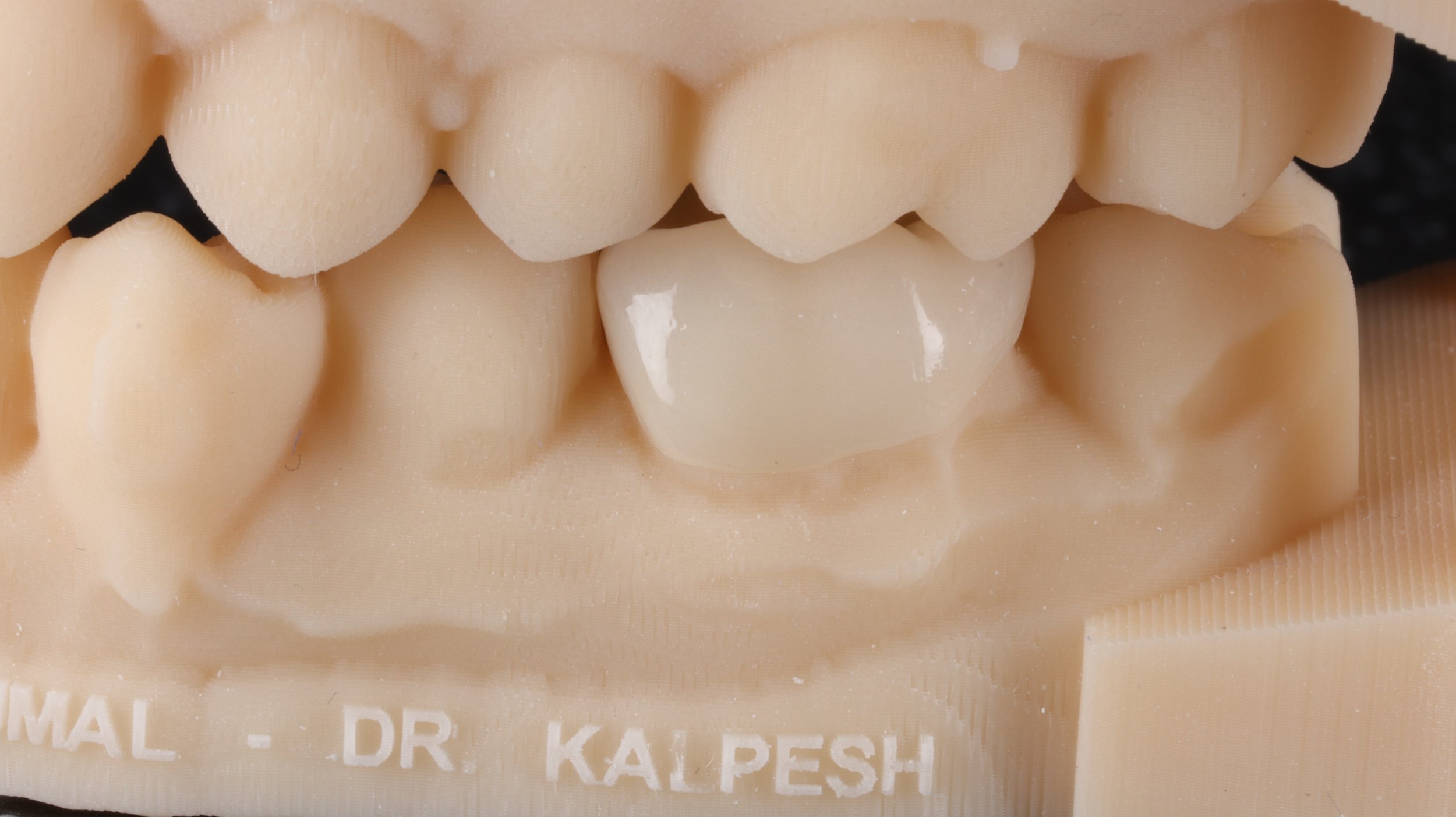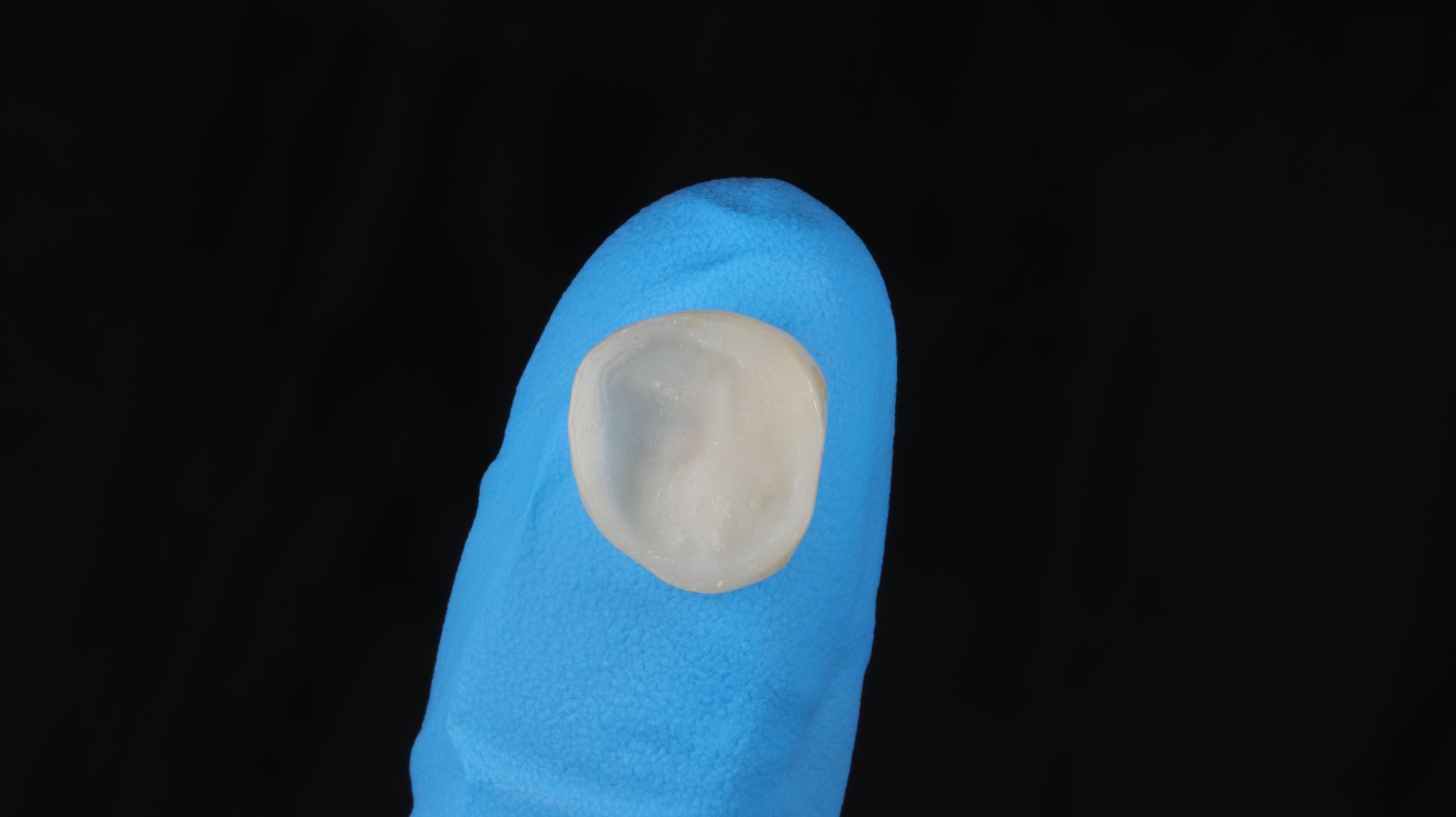A Dental Crown
A crown is a 360 degree cover which fits on top of a tooth. Just like a thimble fits a thumb, a crown is designed to snuggly fit onto the tooth.
Crowns are indicated when a tooth is heavily filled or severely broken down and requires repair to build the tooth back to its normal size and shape.
Crowns can improve the position, shape, colour and size of your teeth. They can be used to fix teeth which are small, discoloured, damaged or misplaced, then can even close gaps between teeth.
The stages of getting a new crown or bridge
-
The tooth that is broken down, requires preparation. This is to remove decay, smoothen any rough edges and ensure there is sufficient room for the crown to seat. Following this prep, an impression is taken of the tooth to send to a dental lab technician to manufacture.
-
Whilst your new crown or bridge is being made, you will have a temporary tooth. This will be removed at the fit visit when your final crown is placed.
-
Once the dental lab have made your crown or bridge, the temporary is removed and the new prosthesis is glued in place.
View Crown Gallery








A Dental Bridge
What is a Dental Bridge?
A bridge aims to ‘bridge a gap’ where a space exists in the mouth, either from acquired tooth loss or congenital absence. A bridge is held on by a healthy neighbouring tooth which acts to support it.
Types of Dental Bridges
Resin Bonded Bridge / Sticky Bridge
These bridge are held on to their neighbouring tooth via a glued adhesive bond rather than via a mechanical crown design like a conventional bridge. This makes these bridges minimally invasive and non destructive.
Conventional Bridge
A conventional bridge requires tooth preparation to one or more adjacent teeth ( like this image) to hold a false tooth which occupies a gap. The bridge is held in through mechanical means so these bridges give the greatest survival rates.
Hybrid Bridges
A Hybrid bridge design combines elements of the conventional and the conventional bridge. It is only advised in specific situations.
Temporary (Rochette Bridge)
The rochette bridge ( images below) is ideal for when a tooth is removed and an immediate temporary tooth replacement is needed. This is glued onto the back of one or more adjacent teeth to fill the gap. These bridges are minimally invasive and can be removed when a more permanent solution is given.







